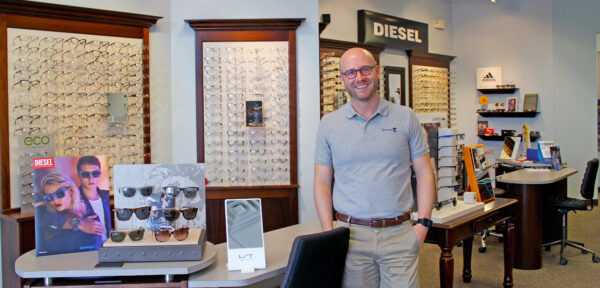We’ve all been told that looking at the sun is dangerous and can cause permanent vision loss, but what do we do when the big event involves viewing the sun? First, DO NOT look directly at the sun during the solar eclipse. Serious, permanent vision loss can occur from even a few seconds of direct viewing.
The least risky way of viewing would be to watch a NASA live-feed from a computer or TV. If you really want to be outside to witness the event in person, you can do one of two different things, as recommended by Dr. Andrew Harvey of Harvey Eye.
- You can view the eclipse through a pair of eclipse glasses. NASA has certified four different manufacturers as meeting standards for protection, so make sure to do some research if your pair meets those requirement. They should says something alone the lines of “meets ISO 12312-2 certification.” We’ve had a few patients bring in glasses they found online that had the letters of numbers reversed, and I have instructed them not to use them during the eclipse, as they may not protect the eyes properly. Even with the eclipse glasses, I would recommend only short periods of viewing just to be safe. Here in Louisville, we are not getting 100% sun occlusion at the pinnacle of the eclipse, so at no time should you try to view without the glasses.
- You can create a pinhole solar projector to indirectly view the eclipse with just a box, scissors, piece of foil, paper, and some tape. Dr. Harvey posted a link to a video on his website earlier this week with instructions on how to do so.

This is going to be a really fun event, so please enjoy it, but please remember to protect your eyes!
